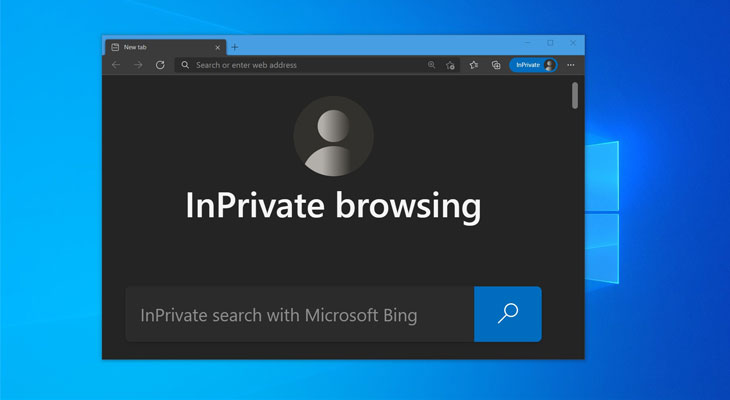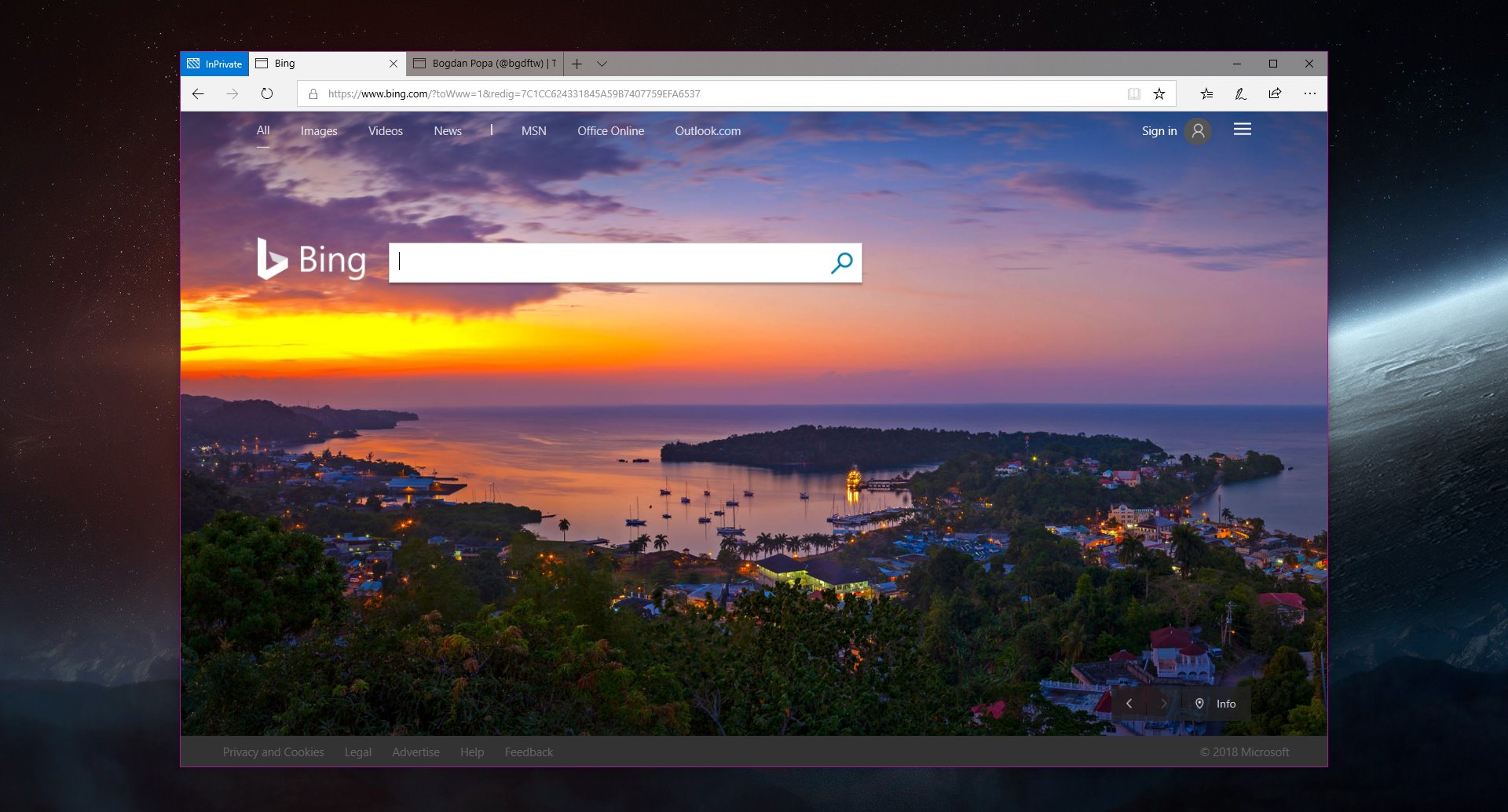Browse InPrivate in Microsoft Edge. When you use InPrivate tabs or windows, your browsing data (like your history, temporary internet files, and cookies) isn't saved on your PC once you're done. In Microsoft Edge, select the Settings and More icon, and then New InPrivate window. When it comes to inprivate browsing, the Incognito mode from Google Chrome and the InPrivate mode from Microsoft Edge offer all the basics. They can prevent other people using the same computer from knowing what you are doing online, but that is it. Hi, I'm trying to configure the availability of InPrivate mode for Edge on a per-user basis on a few computers running Windows 10 Pro. Edge is the current Edge Dev build. Sign in to Windows is done via Microsoft account; the kids have accounts that are part of a Microsoft Family Group and the screen time/app controls, etc.
- Turn Off Private Browsing Mode Windows 10
- Inprivate Browsing History
- Enable Inprivate Browsing Edge
- Inprivate Browsing Windows Edge

- InPrivate Browsing is a feature that stops Microsoft Edge from saving information about your browsing session, such as cookies and your browsing history. InPrivate Browsing allows you to block or allow sites that automatically collect information about your browsing habits. InPrivate Browsing is not active by default when you open an Edge window.
- Microsoft’s InPrivate browsing is supposed to help you “surf the web without leaving a trail” and InPrivate browsing mode can be used in Edge. Microsoft says, “When you use Microsoft Edge.
InPrivate browsing in Microsoft Edge is similar to Chrome’s Incognito mode, which lets you browse the web without leaving behind browsing history, cookies, etc. So if you want to track online activities on a shared Windows 10 PC, you have to disable InPrivate browsing on Microsoft Edge.
Method 1: Disable Microsoft Edge InPrivate Browsing via Group Policy
- Press the Windows key + R together, type gpedit.msc in the Run box and press Enter.
- When the Local Group Policy Editor opens up, browse to the following path:
Computer Configuration > Administrative Templates > Windows Components > Microsoft EdgeOn the right side, double-click the Allow InPrivate browsing policy.
- To turn off inPrivate browsing, select Disabled, click Apply and then OK.
- Now, open your Edge browser. Click on the More actions button (three dots). When the drop-down menu appears, the option labeled New InPrivate window will appear grayed out.
Method 2: Disable Microsoft Edge InPrivate Browsing via Registry Editor
Turn Off Private Browsing Mode Windows 10
If you’re using Windows 10 Home, the Local Group Policy Editor is inaccessible, but you can still disable Microsoft Edge InPrivate Browsing using the Registry Editor.
Inprivate Browsing History
- Open the Registry Editor and navigate to the following location:
HKEY_LOCAL_MACHINESOFTWAREPoliciesMicrosoft - Right-click on Microsoft key in the left pane and choose New -> Key, and name it MicrosoftEdge. Now right-click on the newly created key MicrosoftEdge and choose New –> Key, and name it Main.
- Select the Main key in the left, and then right-click empty space in the right pane. Select New -> DWORD (32-bit Value), name it AllowInPrivate and set its value to 0.
- Reboot your computer for the changes to take effect. Open Microsoft Edge. The New InPrivate window option should be greyed out.

Enable Inprivate Browsing Edge
If you want to turn on Microsoft Edge InPrivate browsing again, just following the same instructions above. But, change the value of AllowInPrivate from 0 to 1.
Related posts:
Inprivate Browsing Windows Edge
